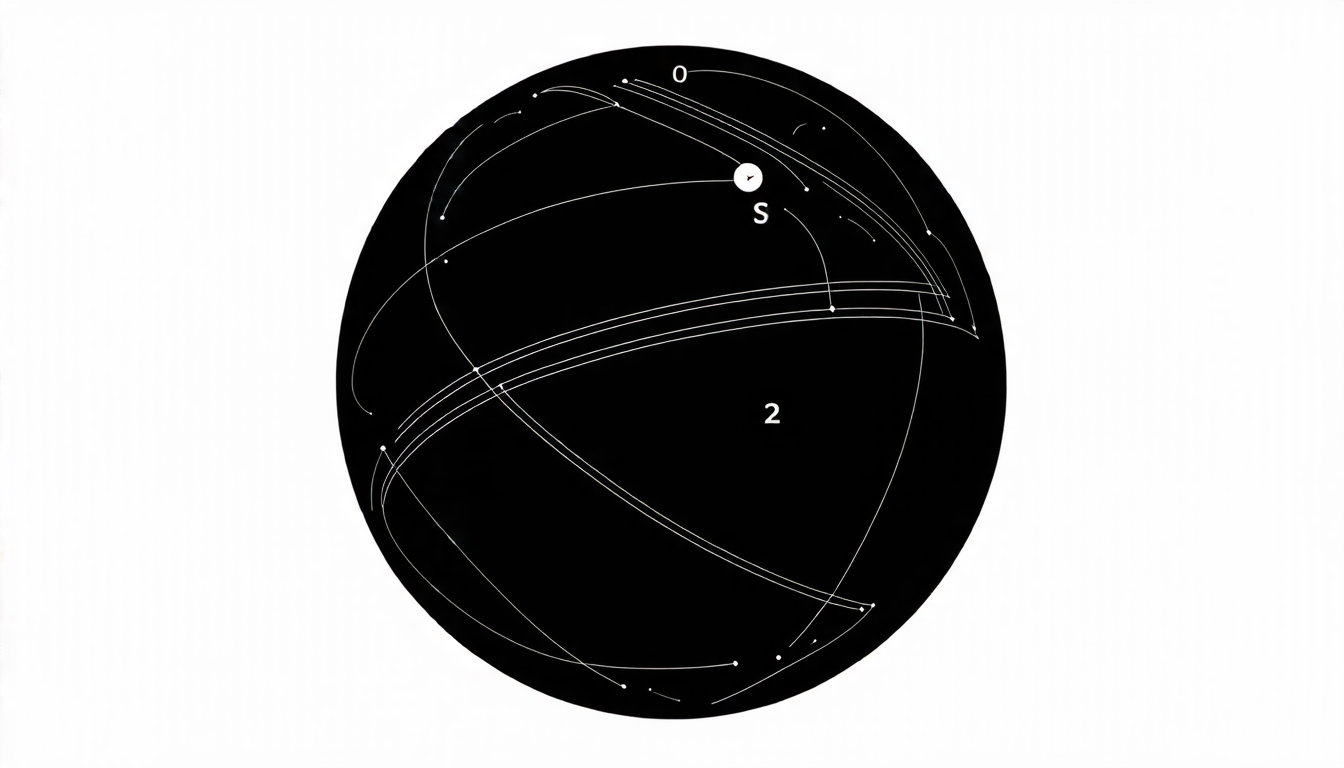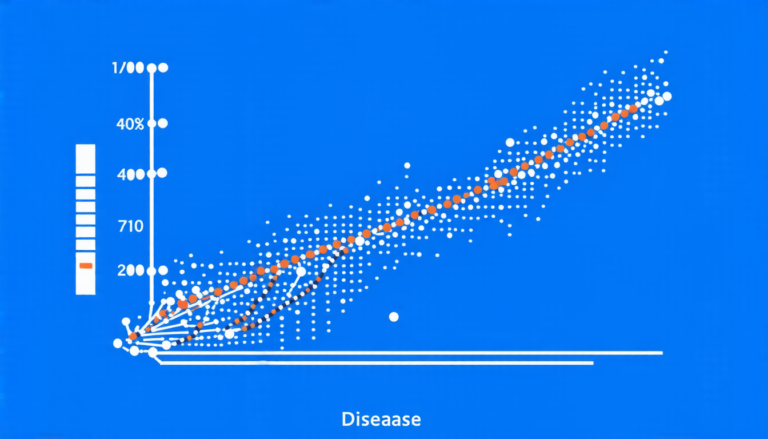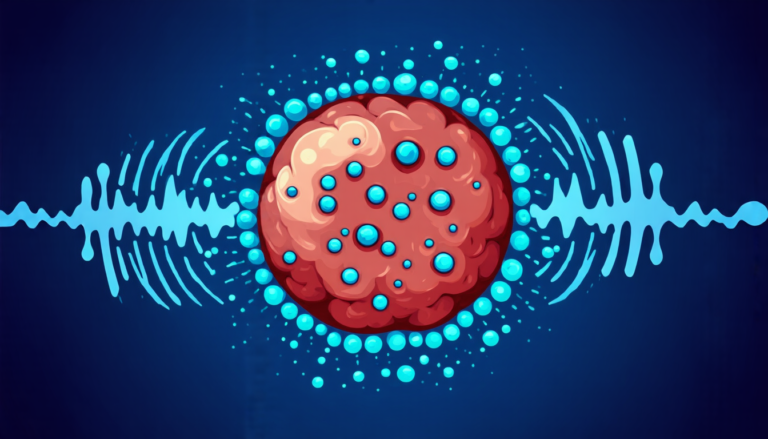Wednesday 09 April 2025
Scientists have made a significant breakthrough in understanding the behavior of Lagrangian submanifolds, which are a fundamental concept in geometry and topology. These submanifolds are used to study symplectic structures on manifolds, which is essential for understanding complex phenomena in physics and mathematics.
The research, published in a recent scientific journal, focuses on the Hofer geometry of Lagrangian equators in S2, which is a sphere with two antipodal points. The authors explore how these equators behave under different conditions, including when they are tautly connected to each other.
One of the key findings is that there exists a unique maximizer for a certain function, known as the area function, on the space of monotone Lagrangian branes. This maximizer plays a crucial role in determining the behavior of the Lagrangian equators under various transformations.
The authors also demonstrate that there are no non-trivial elements in the moduli space of sections of a Hamiltonian structure, which is a fundamental concept in symplectic geometry. This means that any section of this structure can be deformed into another one without changing its properties.
Furthermore, the researchers show that the Hofer metric on the space of Lagrangian equators is rigid, meaning that it does not allow for much flexibility or deformation. This has important implications for our understanding of symplectic structures and their applications in physics and mathematics.
The study also explores the concept of quantum Maslov classes, which are used to describe the behavior of Lagrangian submanifolds under different conditions. The authors demonstrate that these classes can be used to determine the properties of the moduli space of sections of a Hamiltonian structure.
Overall, this research provides new insights into the behavior of Lagrangian submanifolds and their applications in symplectic geometry and topology. It also highlights the importance of understanding the Hofer metric on the space of Lagrangian equators and its implications for our understanding of complex phenomena in physics and mathematics.
The authors’ findings have far-reaching implications, not only for theoretical mathematicians but also for physicists who study symplectic structures and their applications in quantum mechanics and field theory. The research provides a new tool for understanding the behavior of Lagrangian submanifolds and will likely lead to further breakthroughs in our understanding of complex phenomena in physics and mathematics.
Cite this article: “Unlocking the Secrets of Quantum Geometry”, The Science Archive, 2025.
Geometry, Topology, Symplectic Structures, Lagrangian Submanifolds, Hofer Geometry, Quantum Mechanics, Field Theory, Manifolds, Mathematical Physics, Moduli Spaces
Reference: Yasha Savelyev, “Quantum Maslov classes” (2025).







